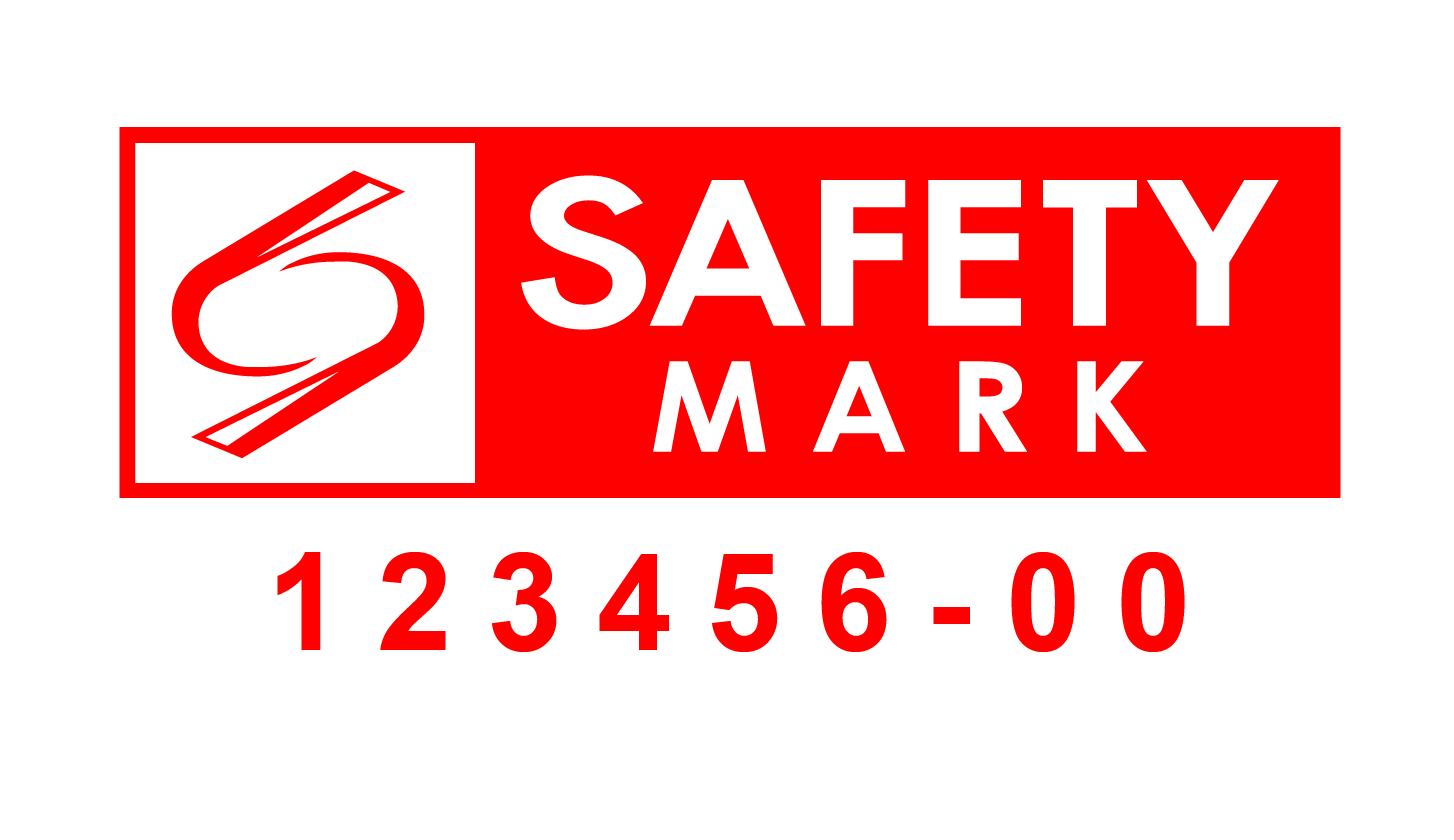Using and Maintaining Toughened Glass in Cooking Appliances
Help us better understand consumer habits so that we can improve the effectiveness of our safety regimes. Please spare 5 mins to fill out this simple survey
Safety tips on Toughened Glass in Cooking Appliances
Where can you find toughened glass?
Toughened glass (also known as tempered glass) is used in a variety of consumer products, ranging from windshields to cooking appliances like gas hobs.
Gas hobs are regulated by the CPSO under the Consumer Protection (Safety Requirements) Regulations. Gas hobs must be tested to specified safety standards and affixed with the SAFETY Mark before they can be sold in Singapore.
Why does the toughened glass in gas hobs shatter?
In many cases, the main reason the glass shatters is due to tiny hairline cracks that form as a result of accidental damage. These hairline cracks tend to widen over time due to expansion and contraction caused by cycles of heating and cooling as the appliance is switched on and off during use. This continues until the glass eventually shatters.
Hairline cracks can also develop when hard objects such as pots and pans are placed too forcefully onto the jobs’ toughened glass surface.
Safety tips for using and maintaining toughened glass
In general, you should practice the following:
-
Buy registered electrical and gas appliancs bearing the SAFETY Mark. Learn more about the SAFETY Mark and how to check if your electrical or gas appliance is a registered Controlled Good here.

-
Read the instruction manual before using appliances.
For gas hobs with toughened glass, you should practice the following:
 |
Ensure installation, repair and servicing of gas hobs is carried out by qualified service personnel. You can do this by: - Engaging authorised contractors recommended by the gas hob manufacturer where possible. - Contacting a licensed gas service work for all gas service working like connecting or disconnecting gas hobs to the piped gas supply. |
 |
Be careful when handling heavy or sharp objects around appliances to prevent damage to the glass. Minor scratches can eventually result in glass shattering. |
 |
Report any irregularity or damage (e.g. clogged or non-functional burners, cracked or chipped glass) to the manufacturer, authorised agent or a product service centre. |
 |
Clean the hob regularly ro remove food liquid spillage. - Pay particular attention when cleaning the gas burners to prevent them from being clogged by spillage. - Ensure that spillage does not leak into the hob’s interior (i.e. through the burner) as it can cause the internal components to rust. |
 |
Avoid placing additional weight (e.g. unused pots and pans) directly on the glass top. |
 |
Prevent the glass surface of the gas hob from overheating. - Do not cover the glass top (e.g. with aluminium foil as this will prevent heat from dissipating. - Do not leave the wok stand around the gas burner as heat trapped by wok stand will be deflected to glass top.  - Avoid using oversized cooking utensils (e.g. pans or woks). Heat will be deflected to the glass top from the pan bottom. Refer to the user manual to determine the size of utensils that can be used.  |
What to do if toughened glass shatters
If the toughened glass on your gas hob shatters, you should:
- Remain calm. While shattering may cause a loud cracking noise, the glass will crumble into small rounded pieces which are less likely to cause injury.
- Photograph the damaged appliance
- Clean up glass fragments and keep them out of reach of childern.
- Report the indicident to the manufacturer of the appliance. Provide the following information when reporting the incident:
- Appliance Brand
- Model number
- Date of purchase
- Description of incident (e.g. time of incident, activity prior to shattering of glass etc.)
- Proof of purchase (e.g. receipt, warranty card)
- Photos of the damaged appliance
- Your contact details
- Keep the damaged product as it may be examined or sent for testing as part of the investigation.

